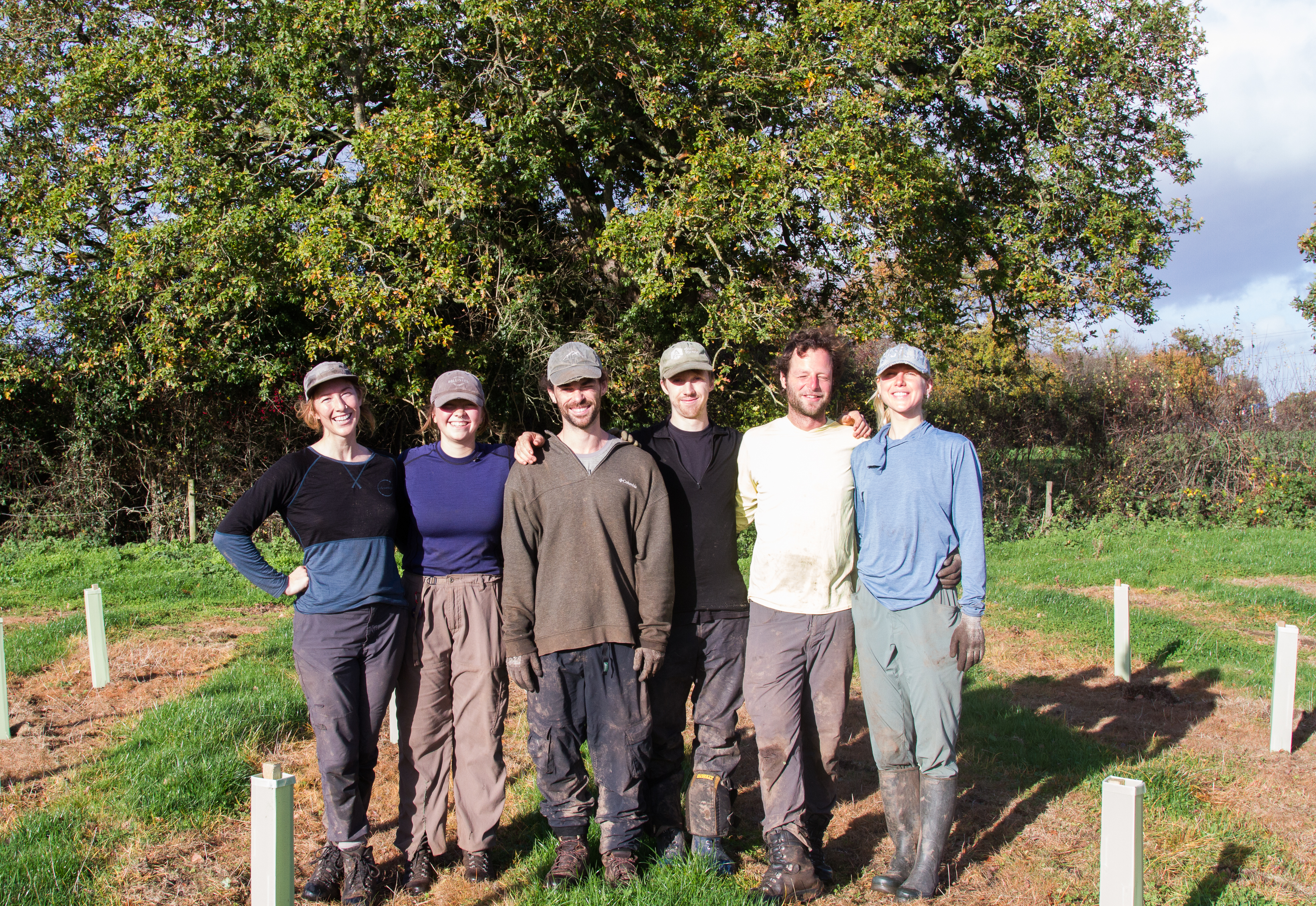Woodland and habitat creation on Council owned land

Cheshire West and Chester Council has a strong background in woodland establishment, tree planting and habitat creation and continue to be a strategic partner of The Mersey Forest, Cheshire and Merseyside’s Community Forest.
Over the last four years, new woodlands have been created across three sites in the borough, in Wervin, Picton and at Grange Farm, thanks to funding through the national Trees for Climate programme, helping to boost biodiversity and contributing to Cheshire’s Local Nature Recovery Strategy.
 The trees at Grange Farm site are growing well, despite the dry summer
The trees at Grange Farm site are growing well, despite the dry summerThis winter, four sites will begin to be planted on Council owned land, with an estimated 200,000 trees going in the ground for phase one. A site in Picton, next to the M53, will include riparian planting along a brook on the site, plus a series of natural flood management interventions, which will decrease the risk of flooding on the site and in the wider catchment.
There will also be innovative tree conservation projects on sections of this site, with Sequoia sempervirens, the Coast Redwood under threat from wildfires in its native America, and the native Common Ash resilience program - using natural colonisation to select specimens resilient to Ash Die Back. The aim is to preserve two species from disease and climate change (1 in 3 tree species is under threat of extinction - BBC 2023). The Picton site when planted will also help with noise and traffic pollution in the area as it matures.
 |
 |
 |
 |
The new woodlands are part of a strategy to create a ‘safe space for nature’, incorporating a wide range of complimentary habitats such as wetlands and bodies of water (ponds, ephemeral ponds and scrapes), grassland and wood pasture with a diverse species of flora, hedgerows and protection of veteran/aging trees.
Existing woodlands have been incorporated within the designs and will be managed for disease and climate resilience using established silvicultural systems. The combination of the diverse habitats and ecotones will maximise opportunities for flora and fauna to occupy, flourish and disperse along habitat corridors.
A system of monitoring species, changes in floristic composition, invertebrates, bird populations and mammals is established and is part of the Biodiversity Net Gain Habitat Monitoring and Management Plan. All woodlands and forests created are also registered to be part of the Local Nature Recovery Strategy.
All the small woodlands that have been planted to date are showing increases in fauna, with invertebrate populations improving in diversity and numbers, especially dragon and damsel flies and butterflies. A pair of Barn Owls have also been spotted at one of the woodland sites.
- Carbon Sequestration
The woodlands are part of the Cheshire West and Chester Council's climate strategy and the combined areas will sequester approximately 76,000 tonnes of carbon by year 30.
- Linking people with nature
Linking people with nature is an important part of aim of the woodland creation. The sites have an all-year program of volunteering and educational opportunities that allow volunteers to enhance and maintain the woodlands and be part of species monitoring. The sites are being assessed Forestry and Ecological training.
- Sustainable silviculture
The woodlands are managed by a continuous cover silvicultural system with small parcels of high quality of timber and forest products. By selective felling and long-term rotations (60 -100 years) within sub compartments and combined with a 15-year coppice regime, the woodland will provide revenue for management. The silvicultural system used will eventually create a diverse age and canopy structure vital to support biodiversity across the sites. The forest designs have been carefully considered to be able to respond to future tree diseases and climate threats, allowing species changes without compromising the woodland as a whole.
Hear more about the Council's woodland creation projects in the video below.

